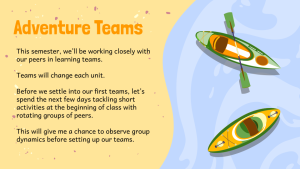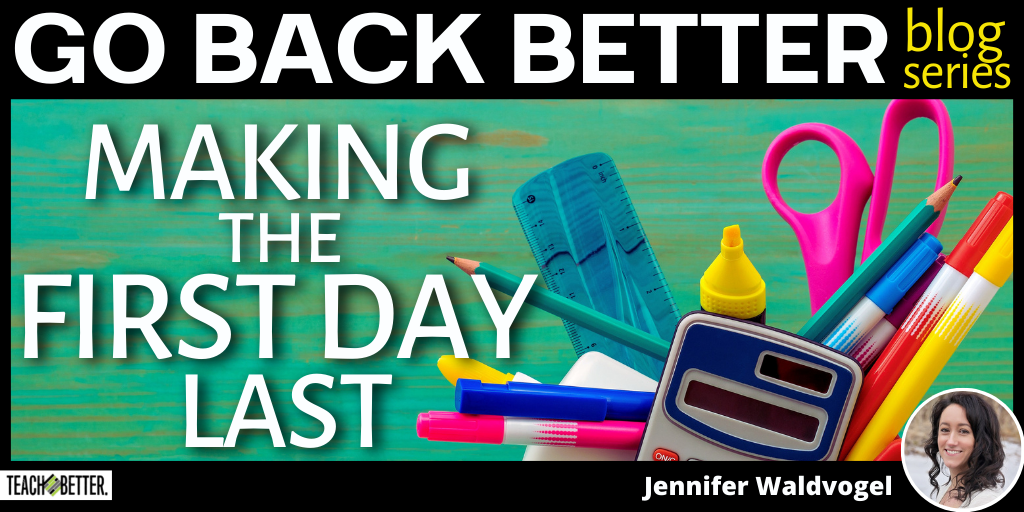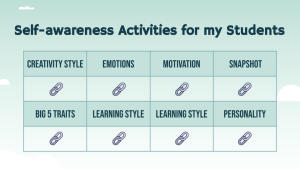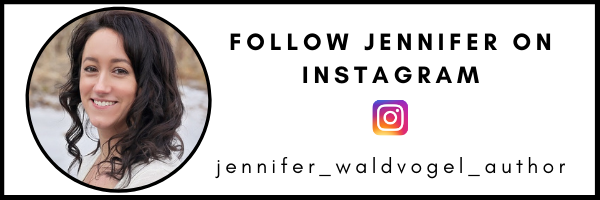TL;DR:
- Leverage first week get to know yous for long-term relationships.
- Mini challenges are a great way to observe group dynamics.
- Create seating charts and small groups based on collective strength.
- Bring transparency and group sharing to PLCs and admin teams.
As teachers, we learn so much about our students in the first six weeks of the school year. We learn students’ habits, motivations, friendships, and interpersonal connections. But what if there was a way to become wealthy with that info in the first week? What if we could recognize our class dynamics from the start?
When we transform our first days of team-building and interest surveys into a social experiment, we can establish stronger peer connections, effective group roles, and a better perspective on the strengths of our students. Once I began following this format in my high school ELA classroom, I noticed a big difference in how quickly students connected with one another.
Taking Inventory
Just as we take time to organize classroom supplies, we can take time to discover the strategies that will help our learners face challenges. On Day One, let’s save the syllabus and class policies for a later date. Instead, transform our first encounters with learners into a time for personal check-ins and introductions. When students understand their strengths and challenges from the first days, they build a toolkit for the school year.
When students understand their strengths and challenges from Day One, they build a toolkit for the school year. - J. Waldvogel Click To TweetStudent Discoveries
We can lead the charge for personal understanding through quick inventories about motivation, personality style, learning preference, and creativity. Personal inventories are both a good way to know our students and a mechanism for encouraging student ownership. Take the inventories with students and prepare to share. When we share our preferences, we model the value of knowing the personal details.
For example, I am a learning-motivated, introverted, auditory learner with a dreamer creative side. Knowing this about me helps the learners I work with. It explains why I’m comfortable not knowing the answer to something right away (learning-oriented), why excessive noise is incredibly distracting to me (auditory learner), and why I enjoy global visions to solve problems (dreamer). The environment and guidelines of my classroom and PD sessions parallel these traits, just as the gestures, habits, and workflow of each student stems from their motivations, learning preferences, and sources of rejuvenation.
Classroom Discoveries
Once learners understand their motivations, personalities, and preferences, it’s time to articulate those to their peers. We do this by creating a digital space for students to share their All About Me slideshow. Tools such as Padlet or Google Site are a great platform for creating an ongoing class collection. Invite students to peruse 2-3 classmates’ shows each day; this gives them enough time to learn about their peers quickly but with focused attention on each person. When new students arrive later in the school year, invite them to add their slideshow and create time in class for students to learn about their new peers.
When my daughter started a new school in April 2021, her teacher took the time to find out about her before she arrived, making a welcome sign and organizing a small greeting committee. This immediately set the tone for strong peer relationships.
Tips:
- Take time to talk about what learning & collaborative peer relationships look like in each motivation, personality, creativity, and learning style.
- Create anchor charts of advice for partners who work with each style.
- Establish the sharing of “In Groups I Work Best When…” at the start of each new collaborative group.
The Power of Observation
Now that we know more about our students, Days 2-4 are the time to run low-stakes, non-academic team-building challenges for students to try in dynamic social groups. Because these challenges are not predicated on previous knowledge, they create opportunities for students to try something new where no one is already an expert. Vary how we organize students: in one activity, arrange learners by learning preferences, in one by motivation style, and in one, create a cross-pollinated group of mixed personalities and goals.
In each group session, observe leadership qualities, peer interactions, and roles students take. Walk the room with a clipboard and the day’s seating chart. Observe which students work well together, who speaks up, who sits quietly, and how well the group performs overall. Consider how the students can learn from one another and use the adventure challenges to build strong teams.
[scroll down to keep reading]The Time for Teams

Depending on the physical structure of our classrooms, teams may sit together every day, or join when it’s time for small groups. We may have groups for problem solving and groups for study. But knowing how well students work together and what prompts their best learning gives us a chance to encourage student leadership in quiet students and promote active listening in extroverted students.
Tip:
- Avoid student inventory burnout for middle and high school learners by sharing the survey facilitation with a team of teachers. (i.e. motivation survey in math class; personality inventory in social studies; learning style in science, etc.)
- By the end of the first day, students will be able to share their preferences with all classes on Day Two.
Relationship strategies are not only for classrooms. PLCs, admin teams, and coaching groups benefit from the same attention to collaboration. While we may not be able to organize our adult teams in the same way, we can certainly take time for self-reflection, articulation of our group work preferences, and observation of group dynamics. No matter who the collaborators are, we’re better teammates when we know ourselves and can share that readily with the ones we work alongside.
About Jennifer Waldvogel
Jennifer Waldvogel fell in love with teaching because she’s an optimist at heart and believes the possibilities inside classrooms are endless. She currently serves as a Teacher on Special Assignment for Technology Integration in Yorkville District 115, working alongside students, teachers, school & district leaders to guide blended programming, design professional development, and coach personalized instruction.
Jen is a National Board Certified teacher who spent over a decade teaching writing and literature to high schoolers. After a transformative blended learning pilot, she shifted into the role of TOSA to support student success at a global level in Yorkville’s Teaching & Learning Department. Ever curious, Jen enjoys PD- if she had the time and money, she’d be in school forever- engaging in conferences and workshops, where she has presented at the local, state, and national level about learning pathways, personalized PD, mindfulness, blended learning, student motivation, and ways to maximize your LMS. She is honored to have been awarded the 2019 Illinois Computing Educator of the Year.
Jen holds a Bachelor’s from the University of Illinois (Psychology), Secondary Ed from North Central College (Language Arts), and Master’s from Northern Illinois University (School Counseling). Publications include Midwest Poetry Review, The Storyteller Magazine, Educational Leadership (2019), and Ideas to Connect Your Classroom (2020). Jen is also a published novelist, Untouchable (2016), who blogs at jenniferwaldvogel.com.
Jen is a proud wife and mom, enjoying hiking, travel, and foodie adventures with her family. She loves Walt Whitman, Key West, and music you can dance to. Writing is her favorite hobby. You can find her on FB and Instagram @jennifer_waldvogel_author.






